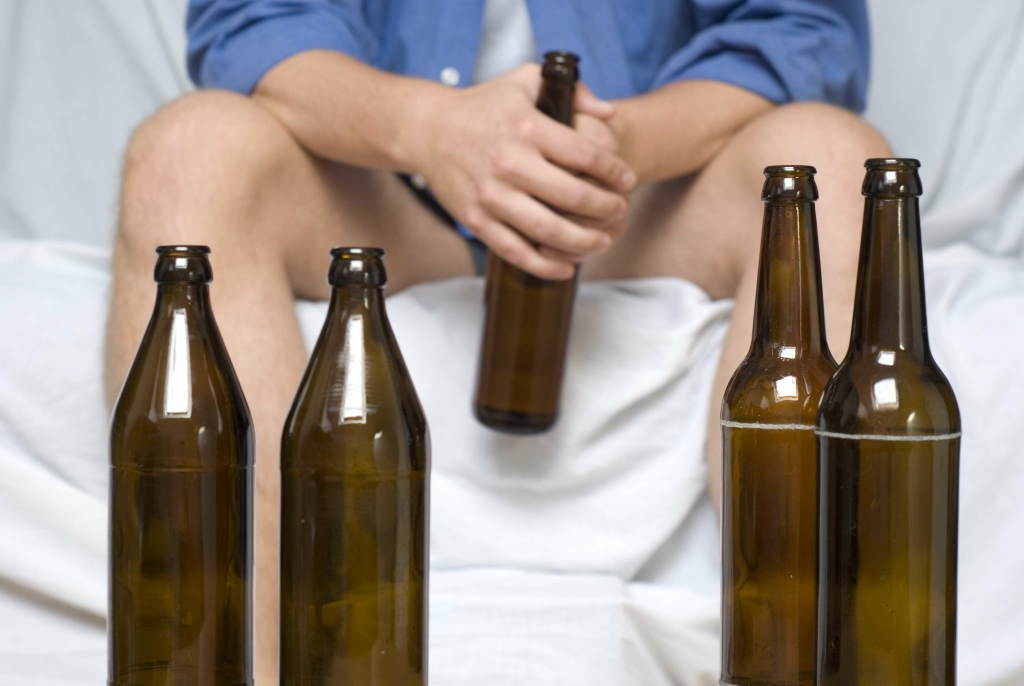It may help you to remember that substance use disorder is a disease that your loved one is struggling with and not a personal flaw. Consider therapy for yourself to help you cope with the impacts of addiction on your own emotions and life. Though a person taking drugs may initially make a willful decision to engage in the behavior, we now know substance use leads to what is drug addiction brain changes over time. These brain changes interfere with an addicted individual’s ability to deny themselves and resist the overwhelming compulsion to continue with drug use. Also, someone can have an addiction without having a dependence on a substance. However, when someone becomes dependent on drugs or alcohol, their risk of having an addiction dramatically increases.

What is the Role of Support Groups in Addiction Recovery?
By addressing underlying issues and developing coping strategies, many people lead fulfilling lives while managing their addiction. Addiction is not limited to biochemical substances such as cocaine, alcohol, inhalants, or nicotine. A person with an addiction uses a substance, or engages in a behavior, for which the rewarding effects provide a compelling incentive to repeat the activity, despite detrimental consequences. Addiction may involve the use of substances such as alcohol, inhalants, opioids, cocaine, and nicotine, or behaviors such as gambling. According to the Substance Abuse and Mental Health Services Administration (SAMHSA), effective treatment addresses multiple needs of the individual, not just their drug use. Barbiturate addiction is a dangerous dependence on sedative-hypnotic drugs that affects the central nervous system, causing relaxation and euphoria.
If taking drugs makes people feel good or better, what’s the problem?
These drugs are not all in the same category, but they share some similar effects and https://hemansconstruction.com/understanding-alcohol-use-disorder-national-3/ dangers, including long-term harmful effects. As your drug use increases, you may find that it’s increasingly difficult to go without the drug. Attempts to stop drug use may cause intense cravings and make you feel physically ill. Some drugs, such as opioid painkillers, have a higher risk and cause addiction more quickly than others.
Substances or behaviors that can trigger addiction

Withdrawal from Percocet lasts 5-10 days but varies depending on the dosage and frequency of use. Percocet is legally available with a prescription in the U.S., yet misuse remains a concern. According to the DSM-5, opioid use disorder, which includes addictions to drugs like Percocet, affects approximately 0.37% of the adult population.
- Therapy is ongoing and continues for several months to years as part of aftercare, depending on the individual’s needs and progress.
- Notably, 70% of individuals who try an illegal drug before age 13 develop a substance use disorder within the next seven years, according to drug abuse statistics published by NIDA.
- While drug abuse exists for both types of drugs, there are notable trends among both.
- Drugs interact with the brain to cause addiction by targeting the brain’s reward system, flooding it with dopamine.
Drug use and effects on the brain
Behavioral interventions such as cognitive behavioral therapy (CBT) and motivational enhancement are delivered in structured outpatient settings to address the psychological roots of addiction. Both drug addiction and dependence can harm the user’s physical and mental health. Numerous side effects can occur depending on the drug being abused, and risk factors vary from person to person depending on individual use factors. The most common addictions involve the use of alcohol, tobacco, other legal and illegal drugs, and other mood-altering substances. The use of these substances may be physically and psychologically harmful to the user, and may also lead to antisocial behavior. Antisocial behavior can lead to crime, which can occur both when a person is high on a substance or fighting withdrawal and needs money to obtain the substance to which he or she is addicted.
- Around the world, 240 million people are reportedly dependent on alcohol; alcohol abuse is most prevalent in Eastern Europe and least prevalent among Asians.
- Alcohol Use Disorder (AUD) is a chronic condition where individuals lose control over their drinking habits, resulting in harmful consequences to their health and daily life.
- Behavioral scientists continue to study the similarities and differences between substance addictions, behavioral addictions and other compulsive behavior conditions like obsessive-compulsive disorder (OCD) and bulimia nervosa.
- The parts of the brain that tend to harbor the executive brain functions are the front-most parts of the brain, called the frontal lobes, including the frontal cortex and prefrontal cortex.
- Helps people understand addiction, their triggers, and their reasons for using drugs.
- Residents self-refer, are directed through primary care providers, or access care via hospital discharge planning or crisis intervention services.
- Aftercare programs offer ongoing support and resources to maintain sobriety post-treatment.
Drugs that either depress or stimulate the central nervous system have long been used for nonmedical reasons. Depressants include all sedatives and hypnotics such as barbiturates and benzodiazepines (minor tranquilizers). The main stimulants are amphetamines or their derivatives and cocaine, a natural component of the leaves of the coca plant. Amphetamines can be taken by mouth or injected; cocaine is either injected or inhaled through the nose. Moreover, these programs foster community support, allowing participants to share experiences and receive encouragement from peers, which enhances motivation to stay sober.
U-47700/ Pink/ U4/ Pinky Addiction: Definition, Signs Risks, Treatment and Prevention
For this reason, there are few research studies evaluating their effectiveness. However, 12-step programs Alcoholics Anonymous have existed for many years, clearly have helped many people, and are encouraged by most professionals as part of the treatment of addictions, along with a combination of supportive and behavioral psychotherapy. Environment and culture also play a role in how a person responds to a substance or behavior. A lack or disruption in a person’s social support system can lead to substance or behavioral addiction. Traumatic experiences that affect coping abilities can also lead to addictive behaviors. With daily or near-daily substance use, a person’s body becomes physically dependent on the drug(s) of choice.